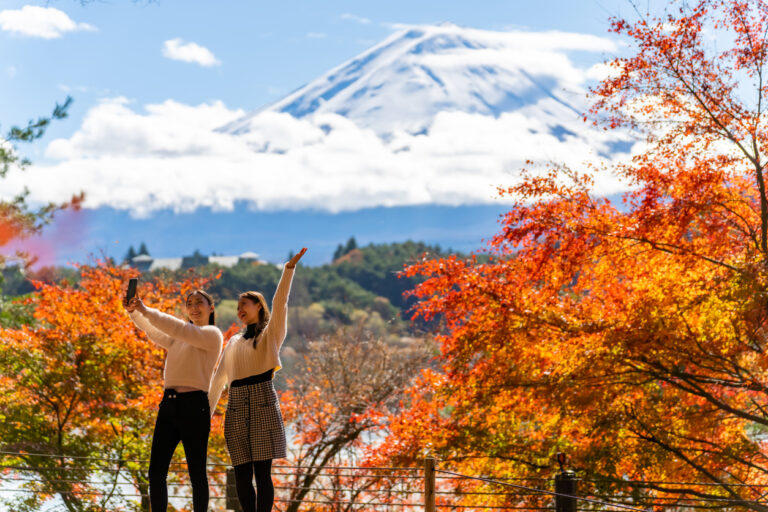What the Global Tourism Crackdown Is Really About—And Why Australia Needs to Pay Attention
Tourism is often celebrated as a symbol of connection, curiosity, and cultural exchange.
The idea that we can step into another place, experience its beauty, and momentarily walk in the rhythm of a different culture is something many of us treasure.
But what happens when that privilege is abused?
What happens when wonder turns into entitlement—when presence is replaced by performance, and poor behaviour takes centre stage?
All around the world, the headlines are shifting:
Tourist access banned. Behavioural fines increased. Sacred sites restricted.
Not out of spite. But out of necessity.
Countries are beginning to say what many have felt for years: “Enough.”
From the beaches of Bali to the backstreets of Kyoto, once-welcoming destinations are drawing new lines.
And they’re not doing it to exclude—they’re doing it because they’re tired of being exploited.
Around the World, Boundaries Are Being Redrawn
In Japan, access to Kyoto’s sacred alleyways in the Gion district is now forbidden to tourists. Why? Because geishas were being harassed and ancient traditions disrupted by camera-wielding crowds.
In Bali, tourists are being fined—and even deported—for disrespecting temples, dressing inappropriately, and treating cultural landmarks like social media props. Entire islands and beaches now have entry caps, dress codes, and behavioural rules.
In Thailand, what began as isolated tourist misbehaviour has escalated into deeper safety and reputation risks. Chinese visitors, once the country’s top tourism demographic, are pulling back—citing fears of scams, exploitation, and violence. In response, Thai authorities are ramping up enforcement, launching cultural education campaigns—and rethinking who gets to enter, and why.
In Europe, cities like Barcelona, Amsterdam, and Dubrovnik are limiting cruise ships, short-term rentals, and mass tours to ease the cultural and economic strain on residents—many of whom feel like strangers in their own neighbourhoods.
Even at remote sites like Machu Picchu, authorities have introduced strict visitor caps and time-based ticketing to preserve the sacredness of place and manage environmental strain.
Why This Is Happening
Because poor behaviour has consequences.
These countries are learning—often the hard way—that when you invite the world in without clear expectations and consistent boundaries, some visitors will take more than they give.
These countries—along with their cities, towns, islands, and communities—have extended hospitality in good faith, hoping visitors would show up with respect, curiosity, and care.
But when expectations aren’t clear—and enforcement isn’t consistent—too many show up with entitlement, disregard, and a selfie-stick.
And too often, they get away with it.
All in the name of tourism dollars.
What’s worse is that many of these tourists would never behave that way in their own homes, communities, or countries.
Or if they do—it’s already a sign of what’s being tolerated.
But crossing a border doesn’t mean crossing a line.
Disrespect isn’t cultural expression.
And exploitation—whether subtle or loud—shouldn’t be accepted, anywhere.
We’re not just talking about a few rude individuals.
We’re witnessing a global erosion of respect:
- Sacred sites treated like selfie studios
- Local customs ignored
- Wildlife endangered for a better photo
- Staff and locals disrespected
- Laws disregarded with no accountability
At its core, this isn’t a tourism issue.
It’s a boundary issue.
And more than that, it’s a leadership issue—because the courage to welcome must be matched by the courage to say,
“Not like this.”
Lessons from the Countries That Said ‘Enough’
They understand that culture, land, and wildlife are not infinite resources.
They understand that hospitality without boundaries becomes exploitation.
They understand that when poor behaviour goes unchecked, it doesn’t just continue—it worsens.
And the cost—cultural, environmental, spiritual—is often irreversible.
So they’re doing what responsible leaders do: drawing a line.
Some call it strict. Others say it’s inconvenient.
But those who truly love these places understand:
Boundaries are not a barrier—they’re an invitation.
An invitation to be better guests, better stewards, and better global citizens.
The Quiet Absence of Australia
And then… there’s us.
A country known for its natural wonders, rich First Nations cultures, and laid-back welcome.
But while the world resets its standards, Australia remains largely silent.
We’re not setting clear behavioural expectations.
We’re not protecting our sacred sites or wildlife.
We’re not asking more from tourism operators—or holding our government accountable for who we lease our land, islands, and future to.
This isn’t a criticism made lightly.
I’ve had quiet conversations about it for a while now.
But it wasn’t until a recent trip to Moreton Island that I witnessed just how far we’ve drifted.
An experience that changed me—and one I won’t forget.
One that made me realise:
If we don’t speak up now, we may not recognise what’s left.
But that’s a story for next time.
Coming Up: Who Said This Was Okay?
In the second blog of this series, we take a firsthand look at what happens when boundaries are ignored, disrespect goes unchecked, and why we must take a stand before it’s too late.
Risk Rebels – What Say You?




